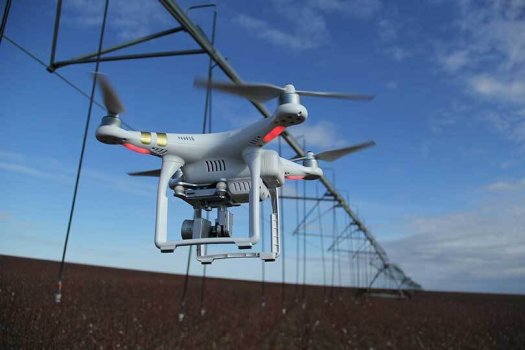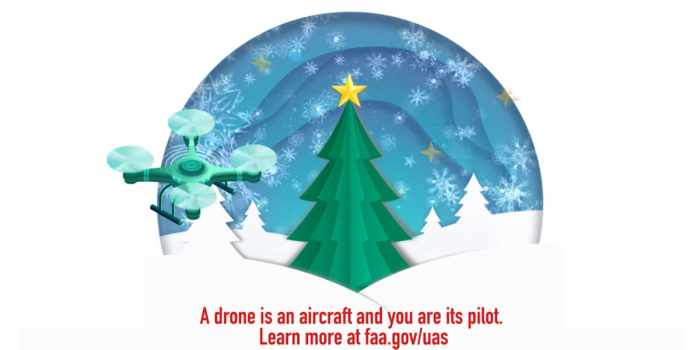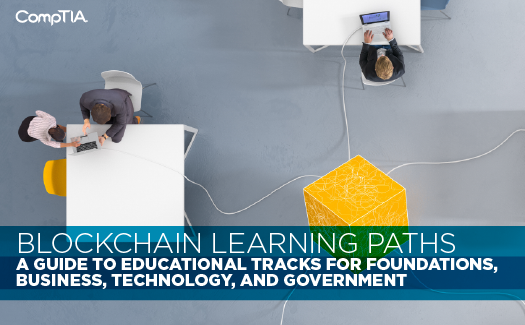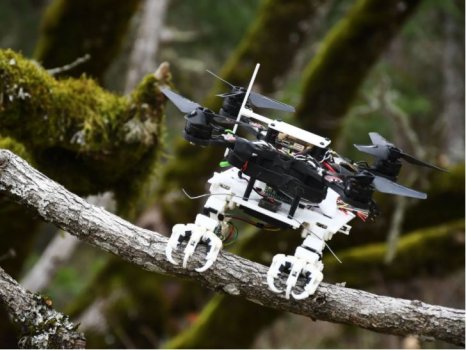Crypto bros step aside as female investors dive into digital assets
- Technology Solutions
- 0 Replies
The age of the ‘crypto bro’ could be coming to an end according to new data.
Women are diving into the male-dominated crypto space in increasing numbers with exchange Bitstamp registering a 198 per cent increase in female investors on its platform this year.
In the first three quarters of 2021 trade volume generated by female investors increased by 58 per cent over the same period last year, with women aged 30-35 found to be the most likely to trade on Bitstamp while the greatest volume generated came from women aged between 55 and 60.
Commenting on the figures, Bitstamp’s Chief Commercial Officer Mel Tsiaprazis, said, “it is a great step forward to see increasing numbers of women participating both as individual investors, and founding their own trading firms.
Continue reading: https://www.cityam.com/crypto-bros-step-aside-as-female-investors-dive-into-digital-assets/
Women are diving into the male-dominated crypto space in increasing numbers with exchange Bitstamp registering a 198 per cent increase in female investors on its platform this year.
In the first three quarters of 2021 trade volume generated by female investors increased by 58 per cent over the same period last year, with women aged 30-35 found to be the most likely to trade on Bitstamp while the greatest volume generated came from women aged between 55 and 60.
Commenting on the figures, Bitstamp’s Chief Commercial Officer Mel Tsiaprazis, said, “it is a great step forward to see increasing numbers of women participating both as individual investors, and founding their own trading firms.
Continue reading: https://www.cityam.com/crypto-bros-step-aside-as-female-investors-dive-into-digital-assets/

























